Barney's makeover has dinosaur experts scratching their heads: 'I don't even know where to start with it'
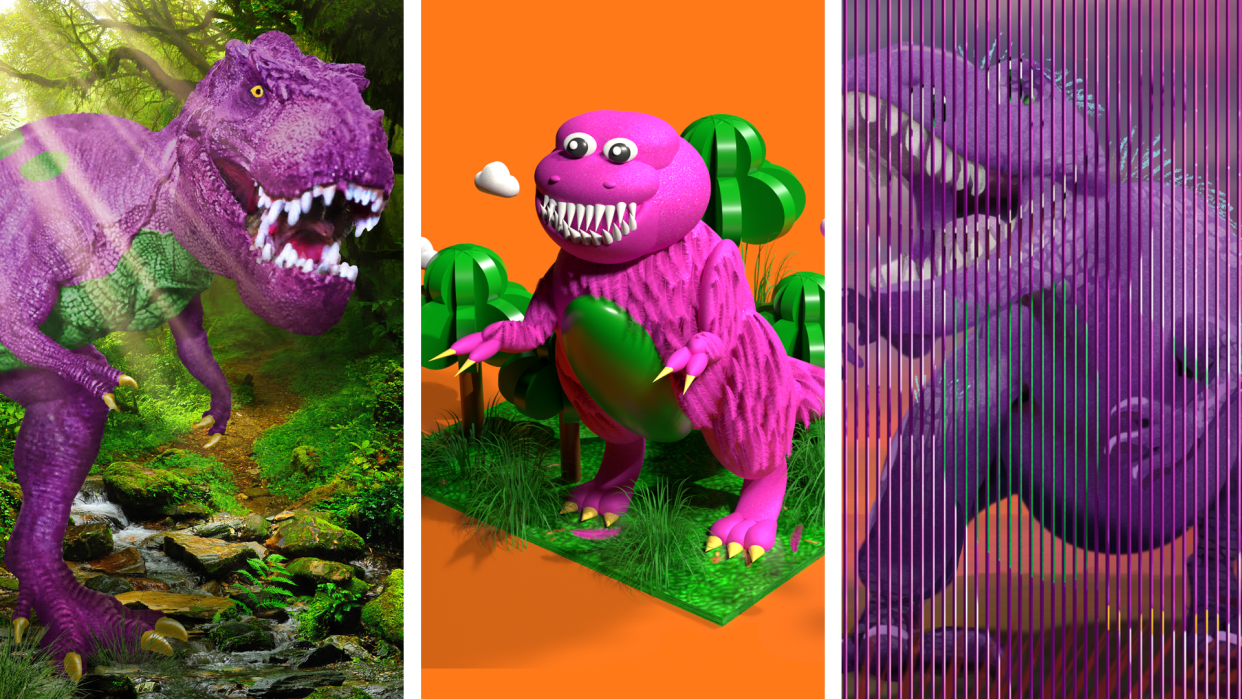
"Let us know when you need a real dinosaur expert."
That's what one prestigious institution told us when we sought a certified paleontologist to weigh in on Barney — you know, the purple dinosaur from the kids show Barney & Friends, where Selena Gomez and Demi Lovato got their starts — following his controversial makeover this month ahead of a new animated show, movie and merchandise. We weren't so interested in whether they thought the new cartoon iteration of the Tyrannosaurus rex was adorable, which he is, or horrifying, which he also is. But how does he compare to an authentic dino?
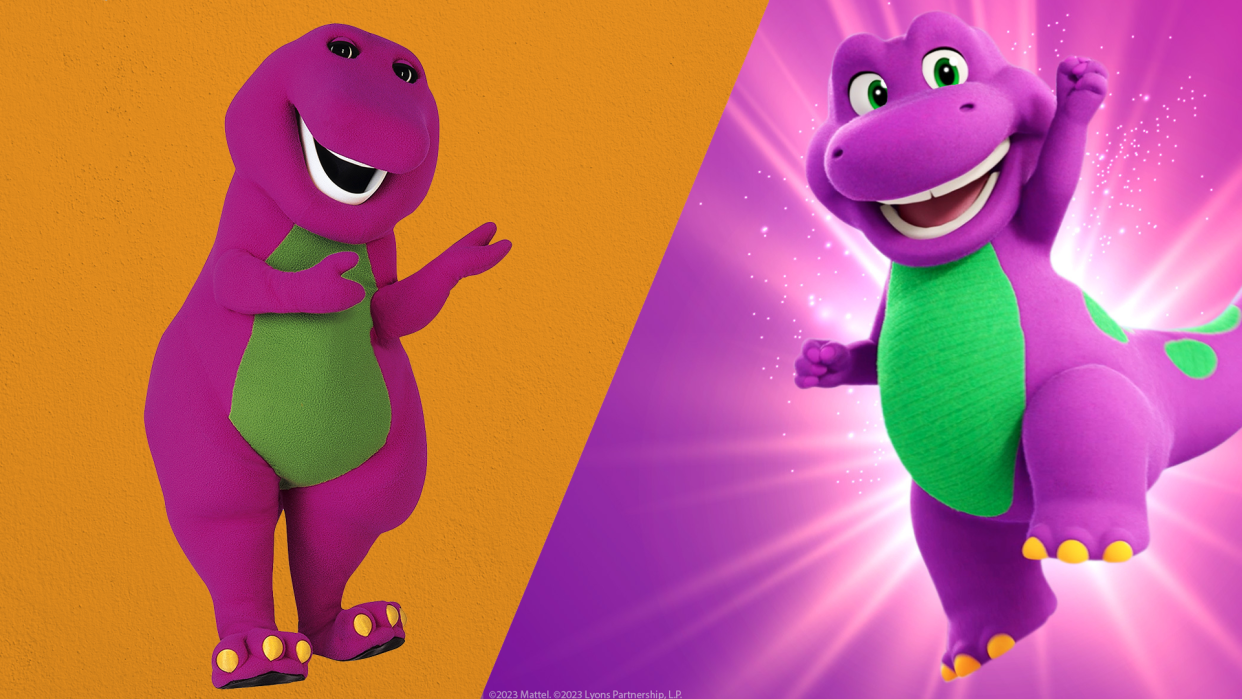
Eventually, several brave experts did take on this question, which, we admit, is less than scientific.
The first, Dr. Jingmai O'Connor, of Chicago's Field Museum, noted that the original Barney is slightly more accurate than the new one, but the T. rex in general "was one of the most fearsome predators of all time — not exactly kid-friendly."
The Las Vegas Natural History Museum's volunteer dinosaur expert Jadon Davis said he wouldn't even attempt to make a realistic looking Barney, because it's, after all, for a kid's show. Good point!
But in general the scientists we contacted were good sports, and they offered some expert opinions on the beloved character's new look. Then we put our talented crew of illustrators to work, making the paleontologist-sanctioned changes come to life.
Legs and feet
"T. rex would have had legs similar to a chicken. New Barney has legs like an elephant," O'Connor tells Yahoo Entertainment. "Both Barneys are missing the bird-like toes."
Davis remarked that dinosaurs "stood in a horizontal posture with their tails off the ground," which is definitely different than Barney's depiction.
Kiersten Formoso, a PhD candidate at USC and a graduate student-in-residence at the Natural History Museum of Los Angeles, agreed.
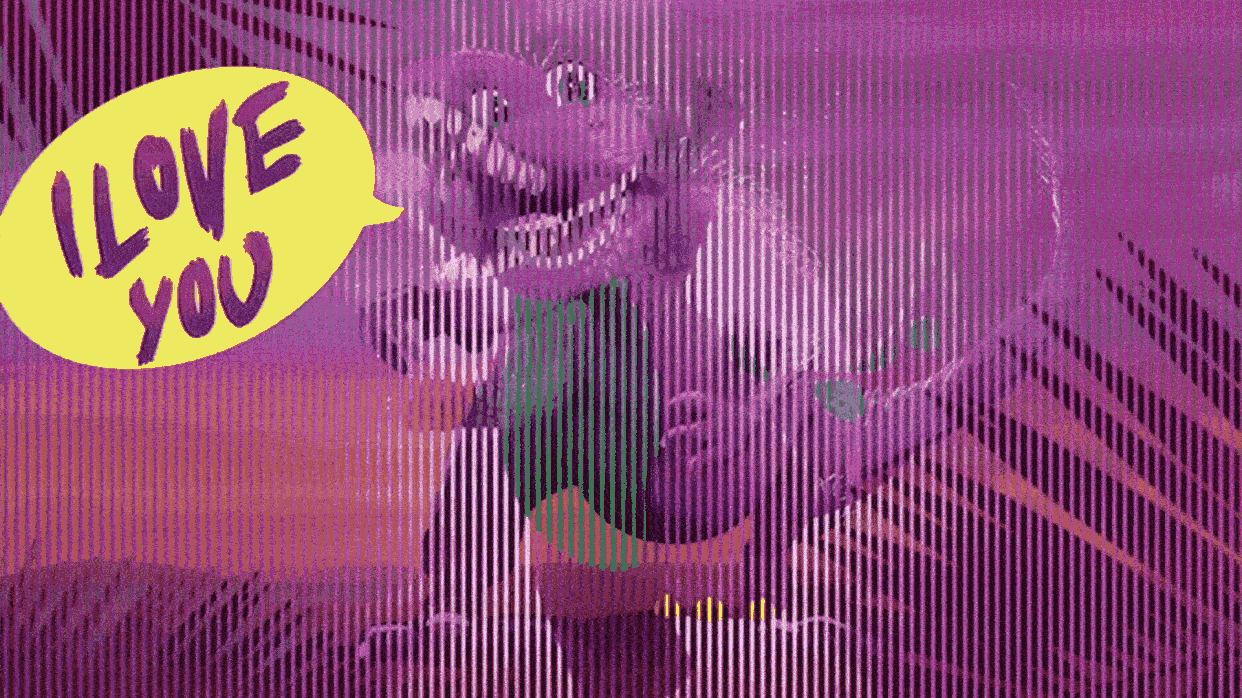
"His posture, that's a big one. As we know from our fossils, theropods like a T. rex had a horizontally-oriented posture, so their spines were held horizontal to the ground with their tails sticking straight out over it," Formoso said. "Not the kind of tall, upright tail dragging on the ground posture of old school dinosaurs in movies and stuff." An actual Barney would have "three distinct, longish toes, with the middle toe being longer than the two next to it."
Arms and hands
Miranda Shealy, an educator and volunteer manager for the Fernbank Museum of Natural History, located in Atlanta, said the arms are obviously incorrect — again, if you're going for accuracy.
"T. rex are known for their very short arms, which only had two fingers on each hand," Shealy said. "Aside from the proportions of the arms, Barney's body plan is fairly accurate."
Score one for the artists!
But Anthony Maltese, curator of the Rocky Mountain Dinosaur Resource Center who digs up fossils himself, observed that there are too many fingers on the new Barney.
"I don't even know where to start with it. Tyrannosaurus rex should only have two fingers," Maltese said. "It's pretty well known for only having those two with claws on them. So, it having double the number of fingers on the hands is just. … it's a nice invention."
Teeth
Our experts agreed on most things, including that, in real Cretaceous life, Barney's teeth would be much more ferocious.
"The one thing that I would like to see — and people get their minds blown from this all the time when I talk to them and show them the fossils — is that the most common fossils we find are shed dinosaur teeth," Maltese said. "Dinosaurs are like sharks. They're always growing new teeth, and they're always falling out."
However, Barney would have some sharp chompers at all times for chewing meat.
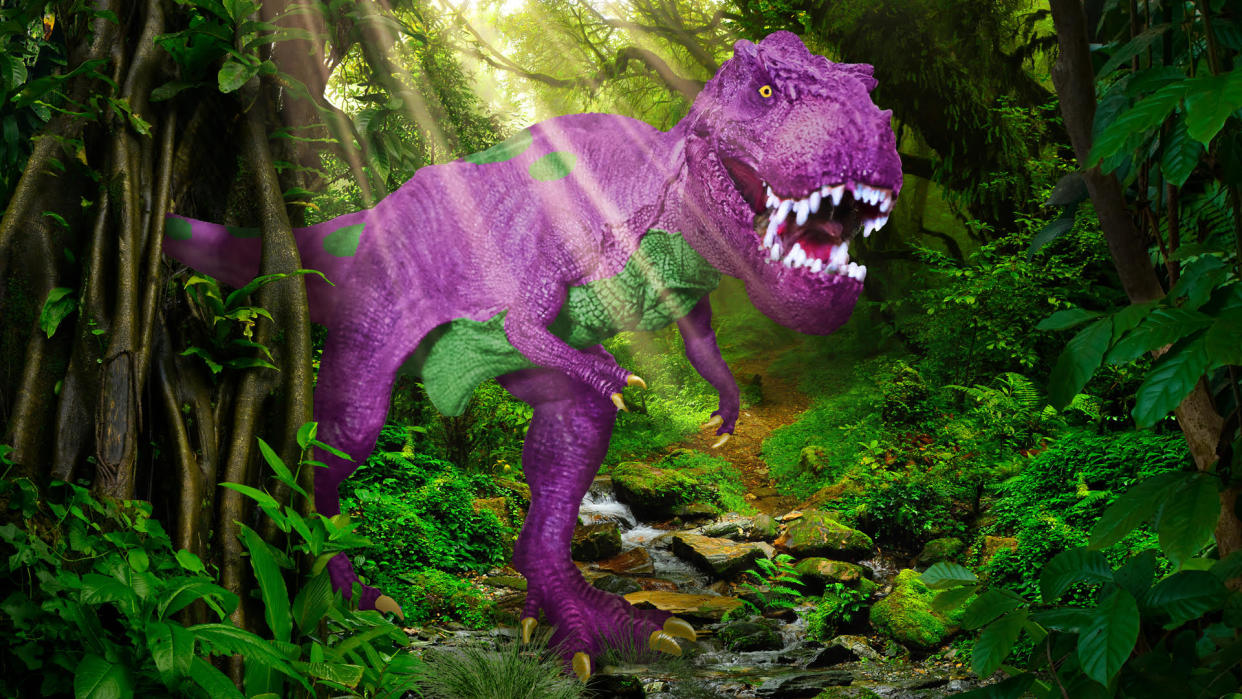
"He should have more blacked out teeth or more of a snaggletooth thing [from] teeth falling out," Maltese added.
As Formoso put it, his "very happy, sweet-looking teeth" would not exist.
"Dinosaurs, like modern crocodilians, have tooth replacement through their life cycles, so they have staggered areas of teeth growth," Formoso said, "with some teeth shorter than the ones next to them, as the next one comes in."
Color
O'Connor laid it out: "The color choice is also problematic. Looking at living, non-feathered reptiles, purple is a very rare scale color."
It's actually more likely that green, which Barney has as an accent shade, is the dominant color.
"Green," Formoso said, "is a color that you can get in regular reptile skin. There are lots of green reptiles. Purple, on the other hand, tends to manifest itself on the reptile side of the tree of life as what's called a structural color in something like feathers. And this basically means that the color itself is derived not from pigments, like melanin, but rather is derived from the actual molecular structure of the feather itself, which reflects blues, bright greens, purples. So birds that you see that have bluish, purply feathers, that's not a pigment that’s causing that. That's the actual, physical structure of the feather that happens to be reflecting those colors to our eyes."
Feathers
Speaking of feathers, many of our dino authorities thought Barney would have some.
Davis and Maltese noted that it would be a very light coat.
"At least little downy ones or little stringy, like an emu or something like that," Maltese theorized. "Maybe not when they were fully grown or maybe not over their entire body."
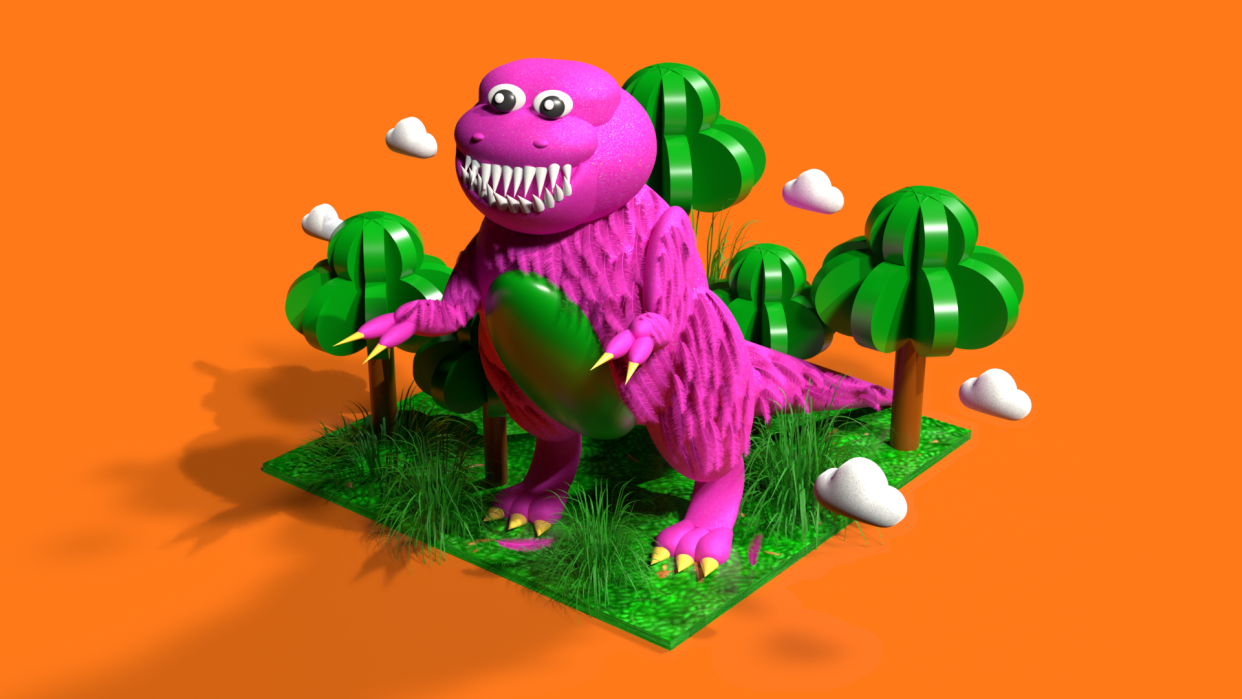
Singing voice
While birds, the most closely related living species to dinosaurs, have a specialized vocal organ called a syrinx that allows them to sing, the fossil record indicates that tyrannosaurs did not. Sadly, their vocalizations would have sounded more like the hisses and grunts of a crocodile than a catchy ditty about love, hugs and happy families.
Accurate or not — mostly not — Barney will be everywhere later this year. Dino experts, consider yourselves warned.
